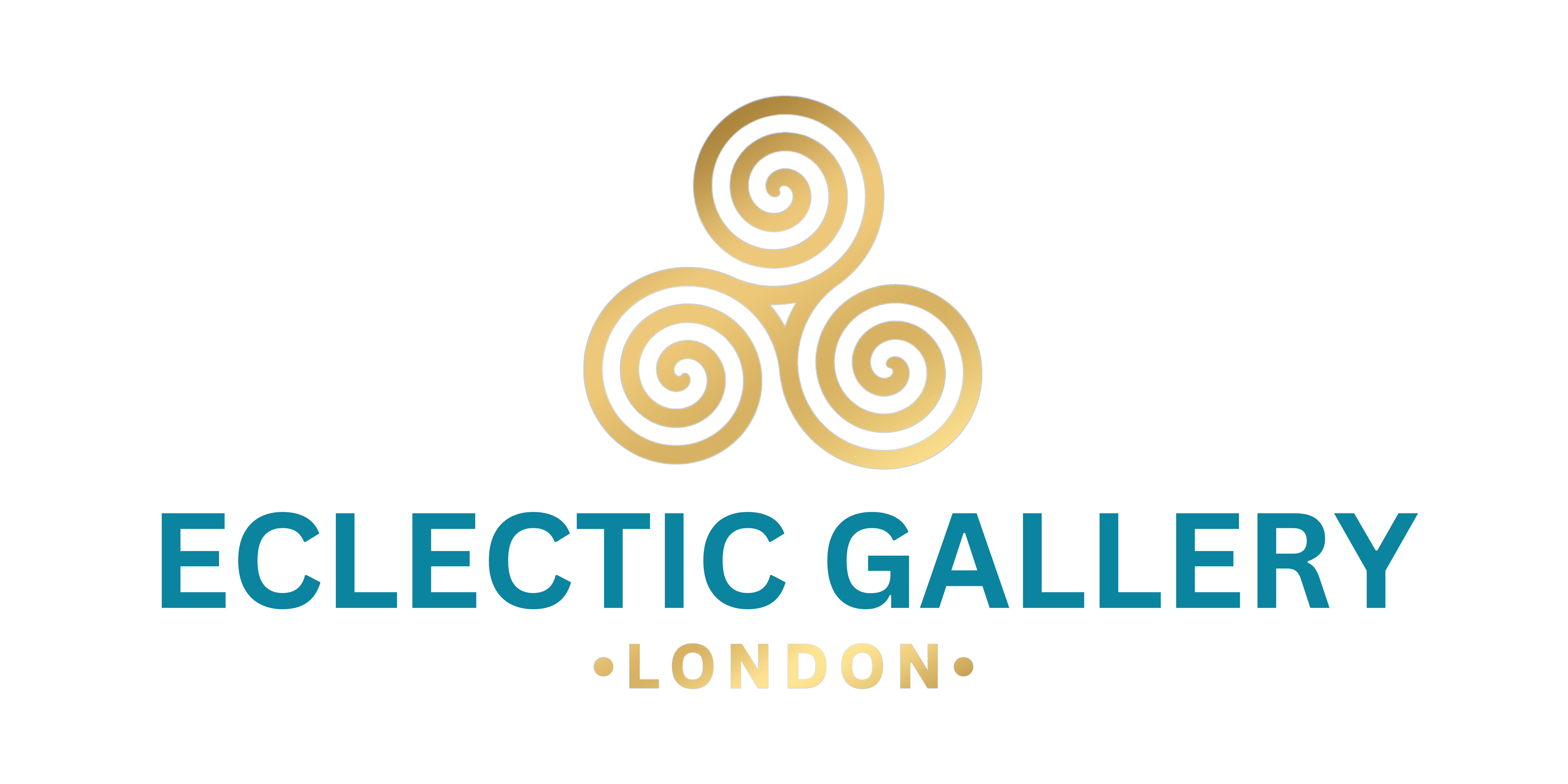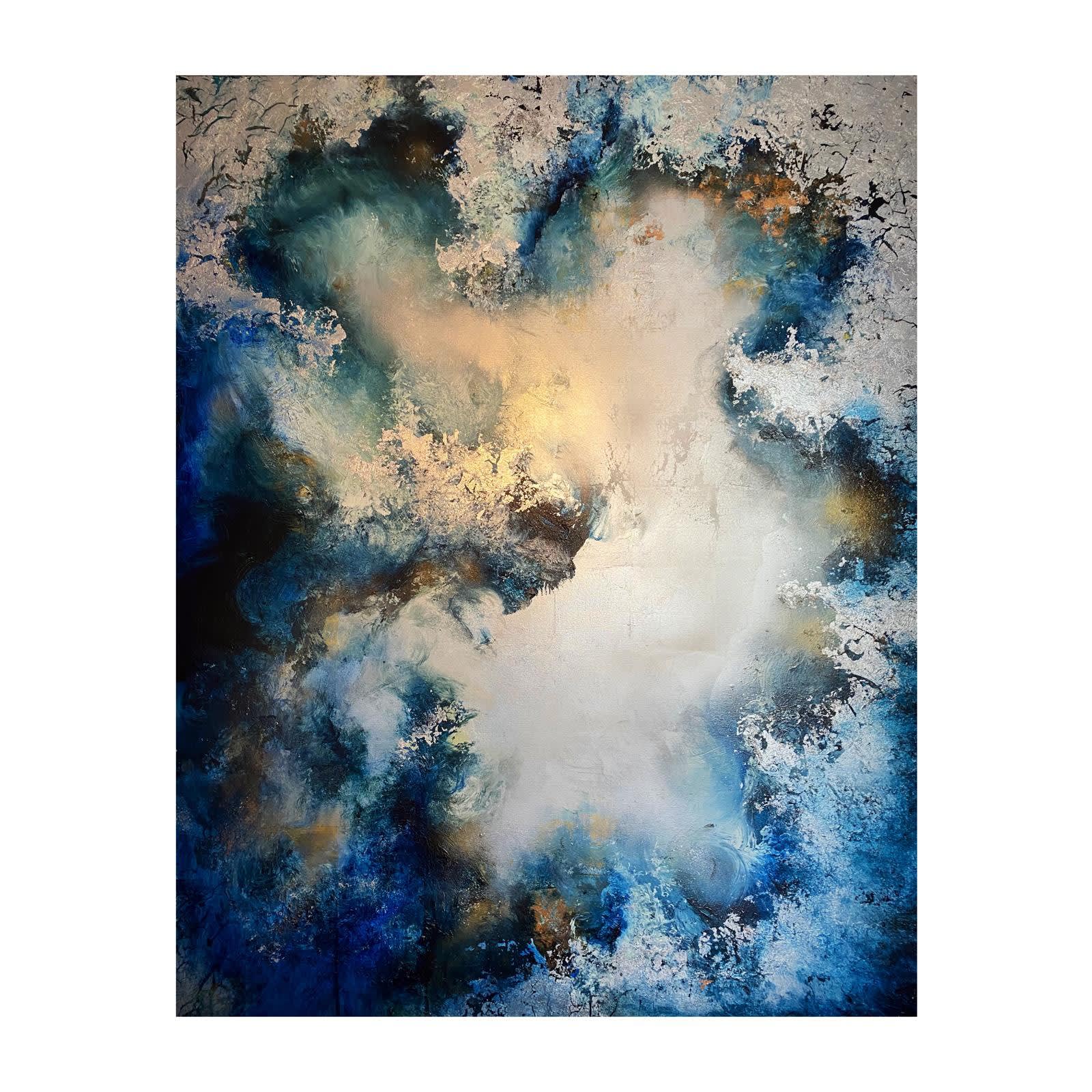Abstract art, with its vibrant colors, bold forms, and enigmatic compositions, has long fascinated art enthusiasts and sparked profound contemplation. Beyond representing recognizable objects or scenes, abstract art delves into the depths of the human psyche, evoking emotions, stimulating thoughts, and offering a unique visual experience. In this blog post, we explore the captivating world of abstract art and delve into its profound psychological impact. We unravel the mysteries behind the psychology of abstract art, examine how it influences the brain, discuss its effects on viewers, and explore the ways in which abstract art can evoke intense emotions. Let us embark on this journey to uncover the hidden power of abstract art.
What is the psychology behind abstract art?
Abstract art has a fascinating psychology that goes beyond the surface aesthetics. It challenges traditional notions of representation and invites viewers to engage in an introspective exploration. Abstract art often taps into the subconscious, allowing artists to express their inner thoughts, emotions, and perceptions through non-representational forms. The absence of recognizable objects in abstract art frees the mind from constraints, encouraging viewers to interpret and assign personal meanings to the artwork. This psychological aspect of abstract art enables a profound connection between the artist, the artwork, and the observer.
How does abstract art affect the brain?
Studies have shown that viewing abstract art can have a powerful impact on the brain. When encountering abstract artwork, the brain engages in a process of perceptual and cognitive exploration. Abstract art stimulates areas associated with visual perception, such as the occipital lobe, while also activating regions linked to emotion and meaning-making, such as the prefrontal cortex and the limbic system. This multisensory engagement enhances neural connections and promotes creativity, critical thinking, and emotional processing. The open-ended nature of abstract art prompts the brain to fill in gaps and make sense of the ambiguous, fostering cognitive flexibility and imaginative thinking.
What are the effects of abstract art?
Abstract art can have various effects on viewers. It has the power to evoke a wide range of emotions, from tranquility and joy to introspection and contemplation. Abstract artworks, such as "The Deeper the Blue" by Chris Lyter link, and "Beyond All Boundaries" by Chris Lyter link, can evoke a sense of wonder and curiosity, inviting viewers to explore their own emotions and interpretations. Abstract art also has the potential to inspire self-reflection, encouraging individuals to tap into their inner thoughts and contemplate the complexities of existence.
How does abstract art evoke emotion?
Abstract art has a unique ability to evoke emotions through visual language. The interplay of colors, lines, and shapes in abstract compositions can elicit visceral responses. Vibrant and energetic brushstrokes may evoke feelings of excitement, while serene and harmonious arrangements can induce a sense of tranquility. Abstract art invites viewers to connect with their own emotions, projecting personal experiences onto the artwork. The abstract sculptures "Aphrodite" by Daniel Hooper link and "Hades" by Daniel Hooper link demonstrate the artist's ability to evoke intense emotions through form, texture, and spatial relationships.


